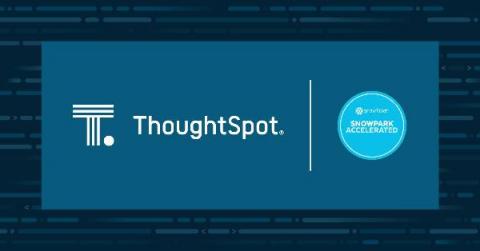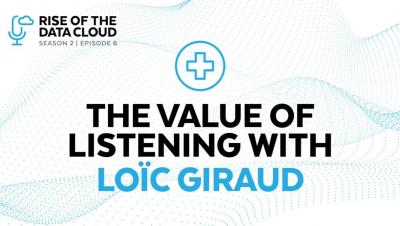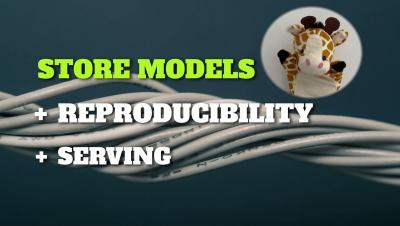Recruiting and Building the Data Science Team at Etsy
In this episode of Data+AI Battlescars (formerly CDO Battlescars), Sandeep Uttamchandani talks to Chu-Cheng, CDO at Etsy. This episode focuses on Chu-Cheng’s battlescars related to recruiting and building a data science team. Chu-Cheng leads the global data organization at Etsy. He’s responsible for data science, AI innovation, machine learning and data infrastructure. Prior to Etsy, Chu-Cheng has led various data roles, including at Amazon, Intuit, Rakuten and eBay.









